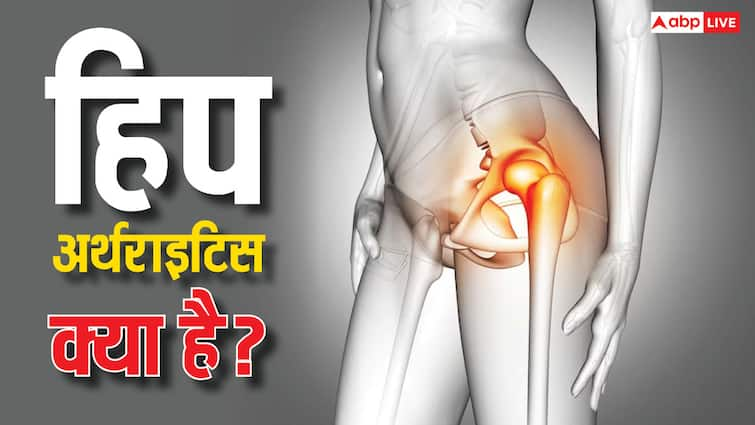Hip arthritis symptoms appear on the body in several ways. Hip arthritis is a deterioration of the cartilage in the hip joint. This can create challenges for a person dealing with this type of arthritis. Here are the different types of hip arthritis that everyone should know about. To improve the quality of life, timely intervention must be done.
Hip osteoarthritis: This is the most common form of arthritis. The hip joint is the second most affected joint. The cartilage wears away due to osteoarthritis. As a result, it becomes thin and the surface of the joint becomes rough. Symptoms of this type of arthritis are swelling, pain, and stiffness, but not everyone will experience these symptoms. Causes of this arthritis include family history, obesity, hip injuries, hip joint problems, age, and repeated activities that cause hip pain.
If one wants to be cured, one must exercise daily, lose weight, do physical therapy, medications, and rest. Surgical treatment includes total hip replacement (arthroplasty) in which the damaged hip socket and femoral head are removed and replaced with implants made using metal, plastic, ceramic, or any combination. This minimally invasive surgery relieves hip pain, is safe, and helps in faster recovery of the patient.
Rheumatoid arthritis (RA): This is an autoimmune disease in which the body’s immunity begins to weaken. This condition often occurs earlier in life than osteoarthritis and affects both sides of the body symmetrically. Patients may experience fatigue as well as hip pain that can become unbearable.
When RA affects a person’s hip, they will have difficulty walking, jogging, climbing stairs, playing sports, sitting, or standing. Other symptoms include pain in the waist area. Smoking, obesity, and age are some of the reasons for this. The patient is usually advised to take medications and do low-impact exercises. However, extreme hip pain will require hip replacement surgery to improve mobility and restore range of motion.
Also read: Skin cancer: which people get skin cancer most often, what is the reason?
Hip replacement surgery has a success rate of over 95% and provides the best results for patients.
AVN: Osteonecrosis or avascular necrosis (AVN) or aseptic necrosis can occur in any bone, although osteonecrosis most commonly affects a person’s hip or both hips. Its symptoms include intermittent pain in the affected joint, persistent pain that interferes with daily activities, and limited mobility.
Also read: Even WHO warning has no effect, Indians are continuously consuming ‘white poison’
Osteonecrosis of the hip occurs when blood flow to the femoral head is blocked, leading to bone death and potentially joint pain. Lifestyle choices such as smoking and obesity contribute to inflammation and increase the risk of arthritis. Hip replacement surgery is performed to remove damaged bone and cartilage and place a new metal or plastic joint surface to restore function to the person’s hip.
Disclaimer: Some information given in the news is based on media reports. Before implementing any suggestion, you must consult the concerned expert.
Also read: Can workload even kill you? Questions arise after death of 26-year-old girl
Discover the health tools below-
Calculate your body mass index (BMI)
